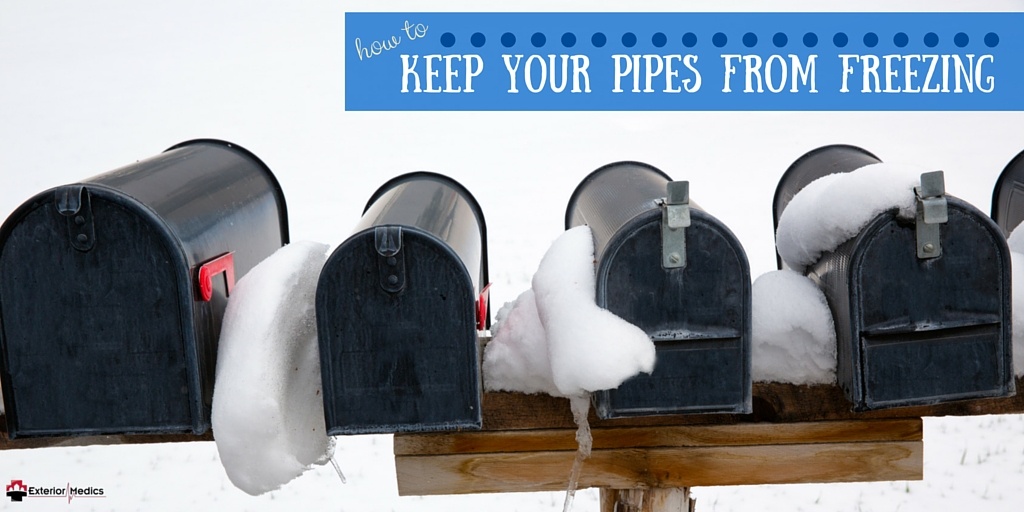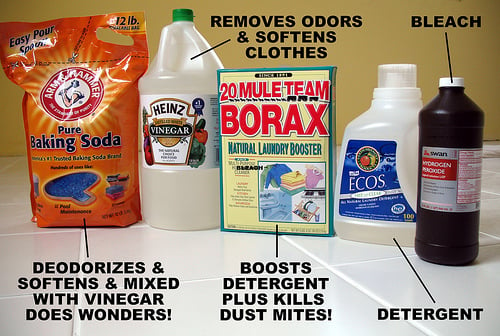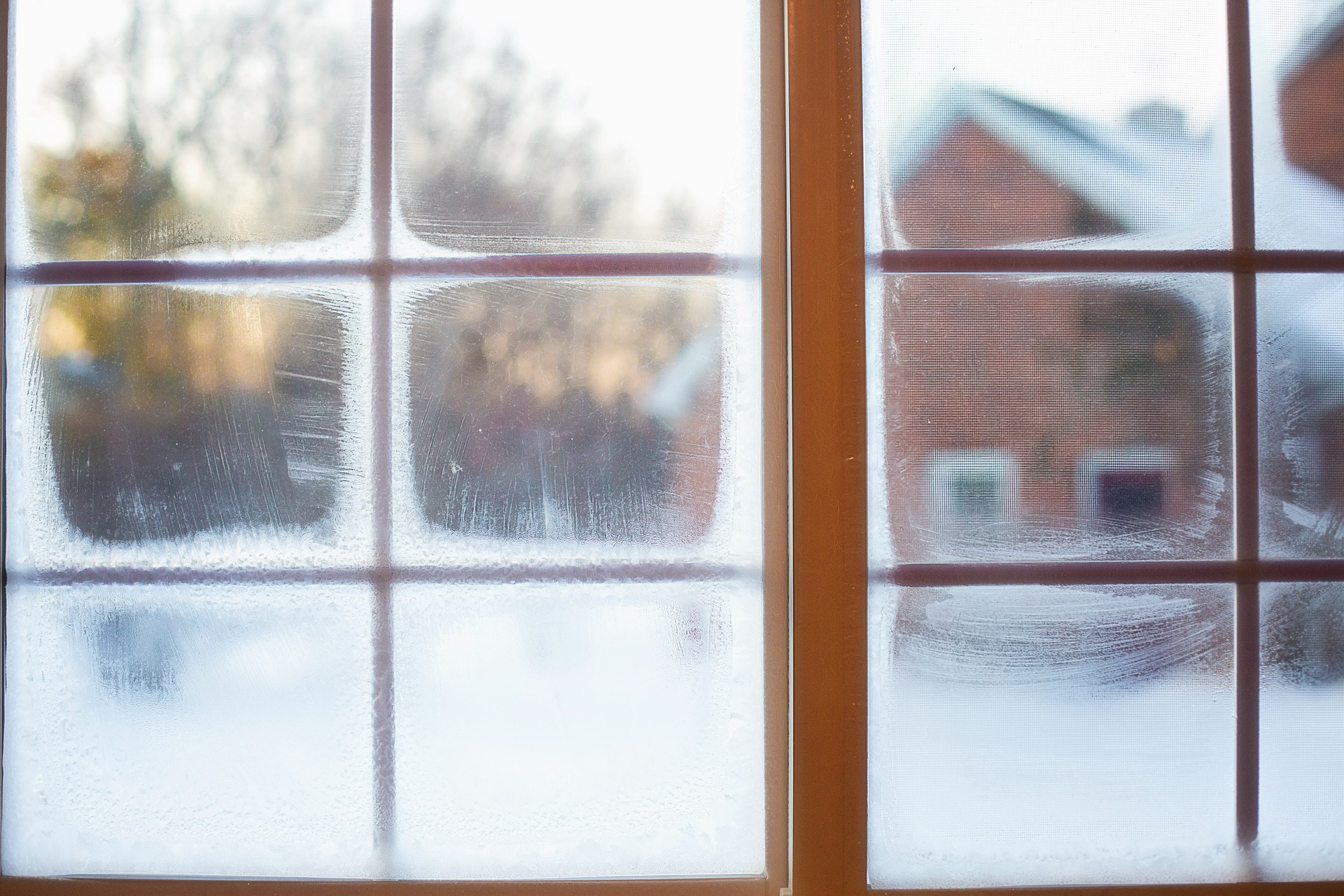Frozen pipes are something every home owner wants to avoid if at all possible. When water in a pipe freezes, it can burst, leading to water damage in the home. Even if the leak is small, it can cause serious issues. If the leak is large enough, or goes undiscovered long enough, it can even lead to flooding in the house. Fortunately, the problem is largely preventable if you take the necessary precautions.
Why Pipes Freeze
The interior of your house, where you live and utilize your home, is ideally the best insulated and warmest part of the structure. People rarely spend time in a home when the temperature is below freezing, so it can seem strange that anything in the house could freeze. But the pipes that run throughout your house are sometimes located in areas where it gets much, much colder. Outdoor pipes are very prone to freezing, and even pipes running along exterior walls or in poorly insulated areas of the house – like attics or crawl spaces – can easily get cold enough to freeze.
When the water in pipes freezes, it expands, which can crack the pipe. The crack may be small, or it may break the pipe apart altogether. Whatever the damage, you are left with a leak that will pour out water as long as there is pressure in the pipe.
Preventing Frozen Pipes
Exposed outdoor pipes
Any pipes outside the home need to be drained of water before a freeze. Pipes like those for sprinkler systems, for instance, should be drained and blown out to remove all water before a freeze.
It important to remove water hoses from spigots to avoid damage, not just to the hose, but to the interior plumbing. The water in the hose can freeze, which can actually damage the plumbing system as the pressure increases, possibly bursting pipes inside the home.
Disconnect and drain hoses before a freeze and install an insulator on any exterior spigots if they are not frost-proof. If the spigots are not frost proof, turn off the water to the spigot in the interior of the home and leave the spigot open to allow any remaining water to expand as it freezes.
Exposed interior plumbing
Whether you need to protect a pipe inside your home depends on how warm the air stays around it. In the basement, for instance, it is usually not necessary to insulate because the temperature does not get below freezing. But pipes in crawl spaces and attics, and even the garage, will probably need to be insulated.
You can purchase and install foam insulation in most cases. If the pipe is exposed to extremely cold weather, you may need heat tape – which turns on to warm pipes in cold weather. It is considerably more expensive than foam insulation, so should only be used when necessary.
Pipes in poorly insulated exterior walls
If your home has poorly insulated exterior walls, the pipes in those walls may be at risk of freezing. You can often see signs of water damage in homes where insulation is a problem. Fortunately this is not too difficult to remedy. A contractor can install more insulation, of higher quality, which should prevent further freezes.
What To Do If Your Pipes Freeze
If you think a pipe has frozen – usually indicated by a lack of flow through the pipe when you turn on the faucet – you can leave the faucet open and attempt to locate the frozen pipe. If you can find the pipe, do not apply extreme heat to it. You can use a heating pad, a hair dryer or anything that can warm the pipe without damaging it. If you can get the water flowing and there are no leaks, consider yourself luck. Make sure to insulate the pipe immediately after you get it flowing again.
If you cannot find the frozen pipe, or if there is a leak, you should contact a plumber. Keep in mind, if one pipe froze you may have other frozen pipes as well.












Comments